Fashion vs. Function: Why It’s Time to Break Out of Our Gendered Views on Watches

There is a known tension between those who believe watches are fashion items and those who uphold that watches are more than, better than, and beyond fashion. I find this tension fascinating, and I think it has much to do with the complex ways that gender influences our varied perspectives on the long-standing battle between fashion and function.
The Dynamics of Watches, Fashion, Gender & Sexism
My former colleague at Hodinkee, Malaika Crawford, has been using her tenure as a watch journalist to show us the connection between watches and fashion. Malaika has been met with the heated, polarized, and often straight-up sexist responses that too often characterize the “conversation” in Hodinkee’s notoriously combative comments sections. Malaika’s is one of just a few voices connecting fashion and watches among us watch journalists, and her persistence has brought the topic to the forefront of the conversation. For this alone Malaika deserves our applause.
More from Robb Report
Indie Watch Legend Vianney Halter Teams With a Canadian Jeweler for a Mind-Boggling New Timepiece
Patek Philippe's First Automatic Watch Is Heading to Auction
How Bovet's Newest Watch Solves the Horological Conundrum of Daylight Savings Time
Foregrounding fashion and watches has brought obvious discomfort to many people, and from what I can tell those experiencing discomfort are men. This doesn’t surprise me for many reasons, including but not limited to the following: Some men eschew the notion that they participate in fashion; some like to mansplain and troll; and some men are (however unknowingly) uncomfortable with women possessing authority in the watch space.
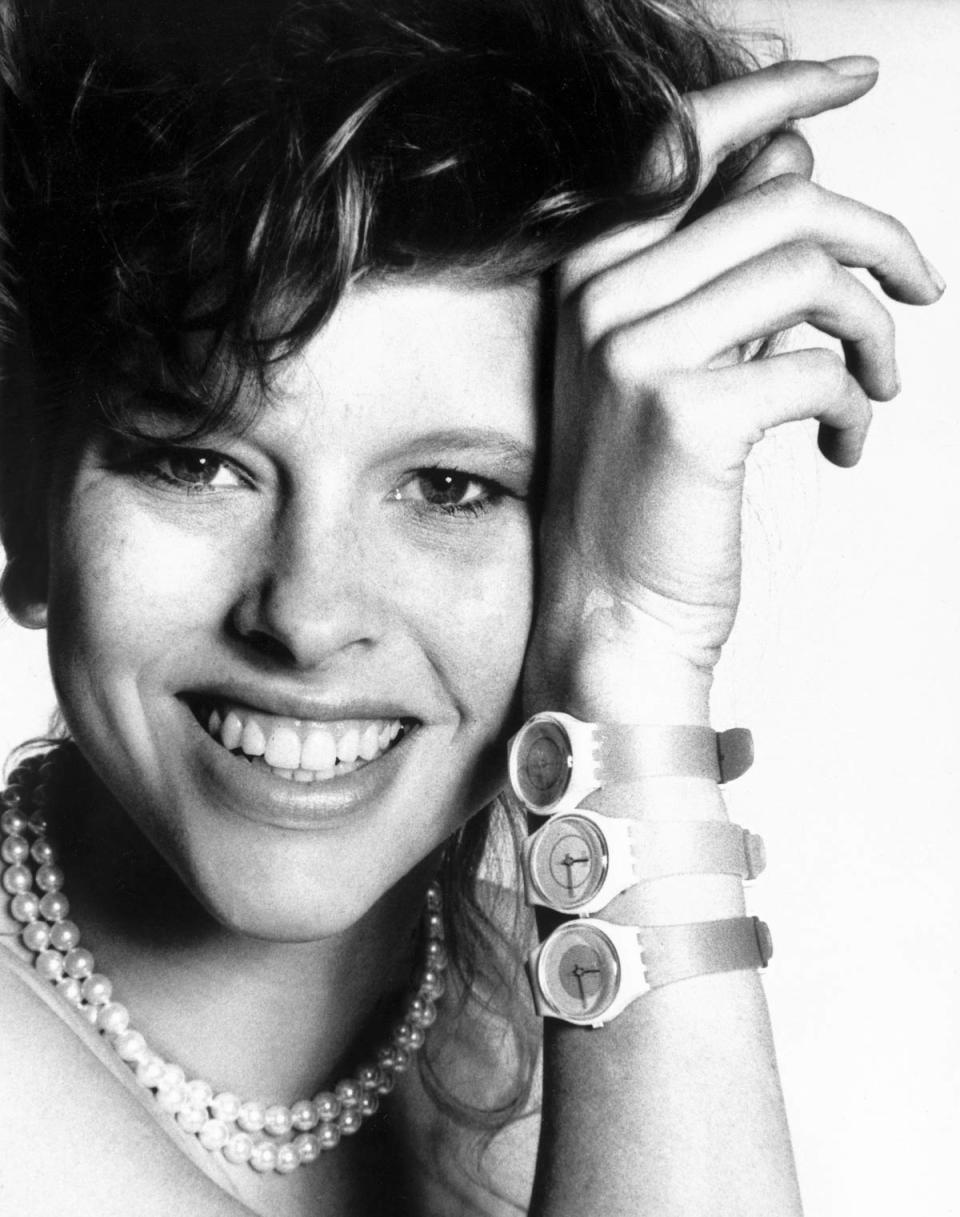
To put it more pointedly: The watch enthusiast scene has long been a rather nerdy good old boys club mostly unconcerned with fashion, and today’s neophyte-heavy watch scene has fostered what I think of as “a new bros club” that is also purportedly largely unconcerned with fashion. In my estimation, many watch collectors and enthusiasts were always going to ignore—even avoid—the proximity of fashion and watches, and they predictably resist having that proximity pointed out to them.
I detect currents of both sexism and hetero-normalism in this resistance to considering watches and fashion together. I want to be clear that I do not see these –isms as the whole story, and below I will make a case for not considering watches as fashion items. But before I do that, we must consider the important role that gender plays in this cultural conundrum.

I’ve long detected and disliked the currents of sexism and hetero-normalism in the watch collecting scene, just as I’ve found them in guitar culture, hi-fi, jazz, motorcycles and all sorts of male-dominated enthusiast scenes I happen to participate in. (I’ve even noted similarities between these enthusiast scenes and the gun enthusiast scene in which absurd machismo often goes unchecked.) Almost without fail, every male-dominated enthusiast scene has a posse of outspoken men who obnoxiously defend the hegemony of their traditionally gendered point of view. I’m convinced men don’t carve out and defend these positions knowingly. There’s the occasional overtly sexist troll who knows what he’s doing, but mostly these defenses appear to spring up from largely unconscious gender norms.
I’m making a rather touchy assertion—some would even call it an accusation. I understand why one wouldn’t want to think about –isms when indulging their hobby, but I also think enthusiast spaces are particularly rife with unchecked behavior that we know better than to indulge in professional spaces and even among family. Sometimes it is exactly our leisure time that finds us bickering from unexamined positions. I think we can learn from looking at those tendencies.
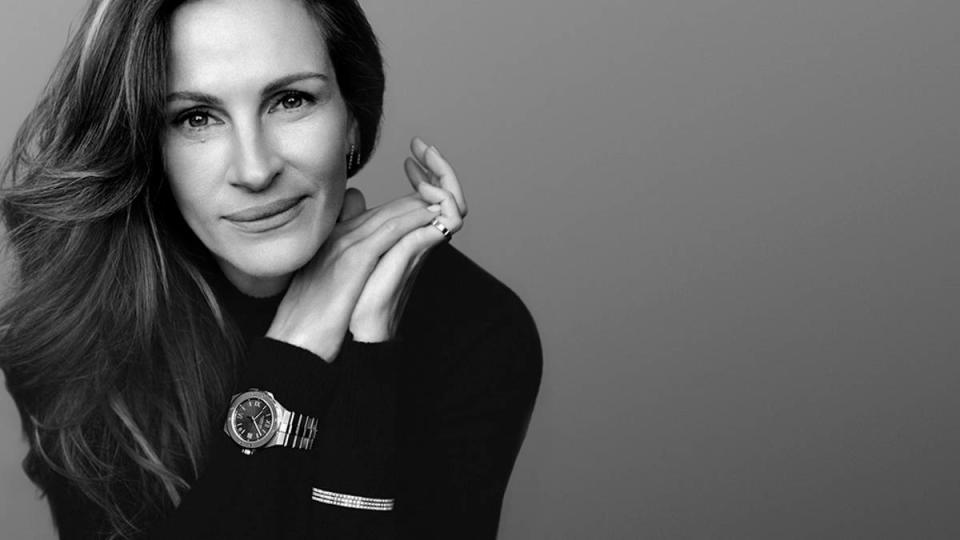
Gendering Our Perspectives on Watches
It’s been my impression that men who indulge fashion often play with, indulge and express gender more fluidly than men who eschew fashion. (I fit this description of a somewhat fluidly gendered guy who dabbles in fashion.) I’d also suggest that those who are into both fashion and watches don’t tend to sequester themselves in watch-centric scenes. This isn’t to suggest that fashion-oriented men lack horological knowledge or interest; to the contrary, those who know fashion often bring compelling insight to bear on how culture and watches interact.
Think of Andy Warhol who owned over 300 watches and knew Rolex and Patek reference numbers as well as anyone, but for whom watches were just one small piece of his broad fascinations with art, fashion, publishing, pop culture and so much else. The perspective that considers watches as part of fashion and expressive culture more generally is neither better nor worse than a nerdy watch-centric perspective, but these perspectives usually focus on rather different aspects of watches.
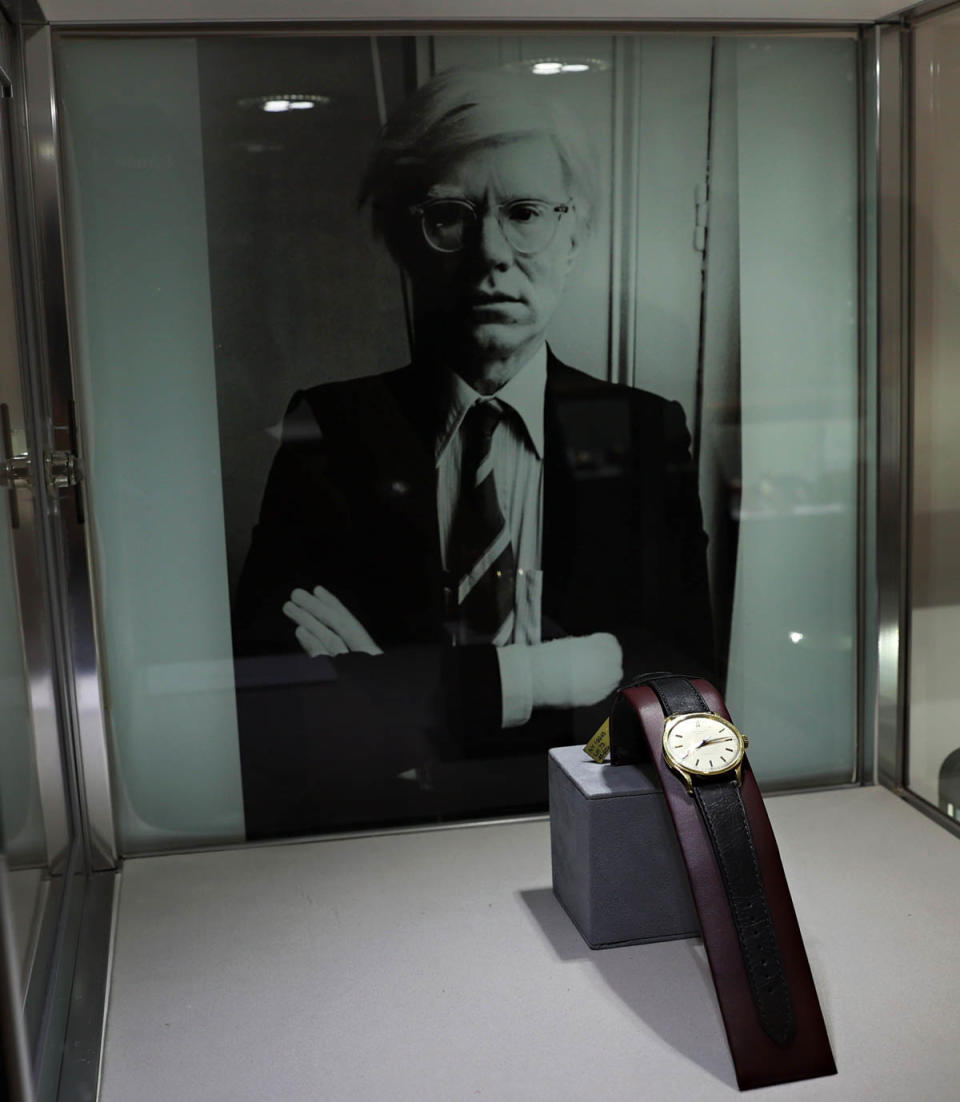
I’ll use myself as an example of how gendered perspectives operate to form our views on watches.
I’m half Warhol and half good old watch nerd. I adore Gucci (the cuts and fabrics) Ferragamo (the shoes) and Cucinelli (the knits), and I know just enough about my tastes and my body to mostly avoid British and American fashion designers. Sometimes I spend real money on clothes. But I’m not obsessed with fashion; I don’t read fashion magazines or follow the seasonal collection drops, or remember the name of the man who just took over at Gucci, for example. But I indulge fashion in my own way and am super comfortable with it. As such, I neither struggle to accept the proximity of watches and fashion, nor do I relegate watches solely to the world of fashion. We might say that I’m “on the continuum” between the hypebeast and watch nerd.
I can’t help but notice that my somewhat complex gender identity aligns with my interests in fashion and watches. The more fluid and feminine-leaning side of me tends to consider a watch as an accent to an outfit (as an item of fashion), while the more standard-issue American-dude side of me tends to geek out over specs, performance, condition and price (as a functional item or a collectible). For me, watches are simultaneously fashion accessories and geeky mechanical objects. It is my unique gender mash-up that seems to let me experience both without a hint of cognitive dissonance.
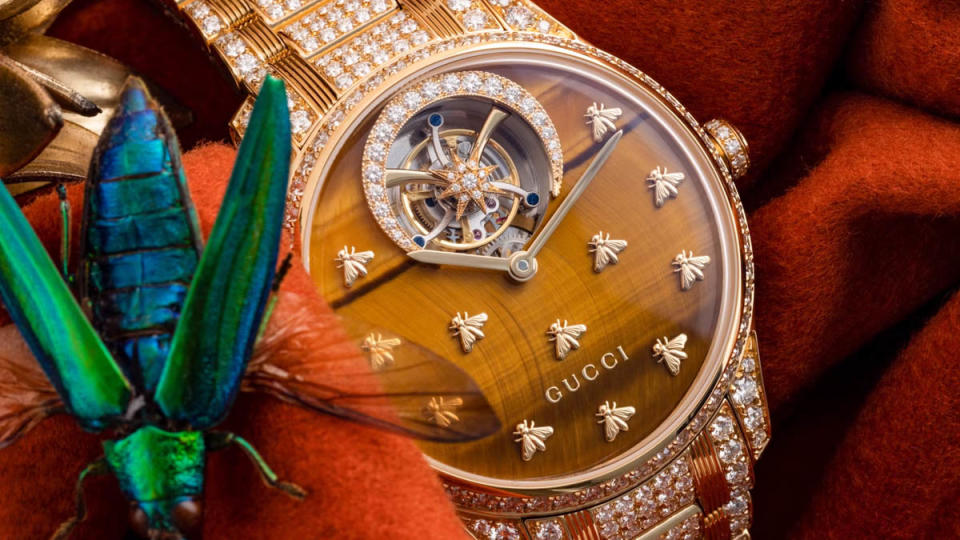
Clearly I find it impossible to avoid talking about gender when discussing fashion and watches, and I acknowledge that my bringing gender to bear on this topic is itself potentially troubled. Perhaps my need to bring up gender here is just me echoing that male discomfort with thinking of watches as fashion items. I hope not, but I refuse to dismiss the possibility that I’m unknowingly exhibiting an –ism or two here.
Why Does Fashion Anger Some Watch Aficionados?
I think this boils down to the fact that fashion operates largely on seasonal trends whereas watches—traditionally—have followed a far longer cycle of aesthetic transformation. For hardcore watch enthusiasts who buy watches to own and wear for decades and then hand down to the next generation, associating watches with the transient nature of fashion is offensive.
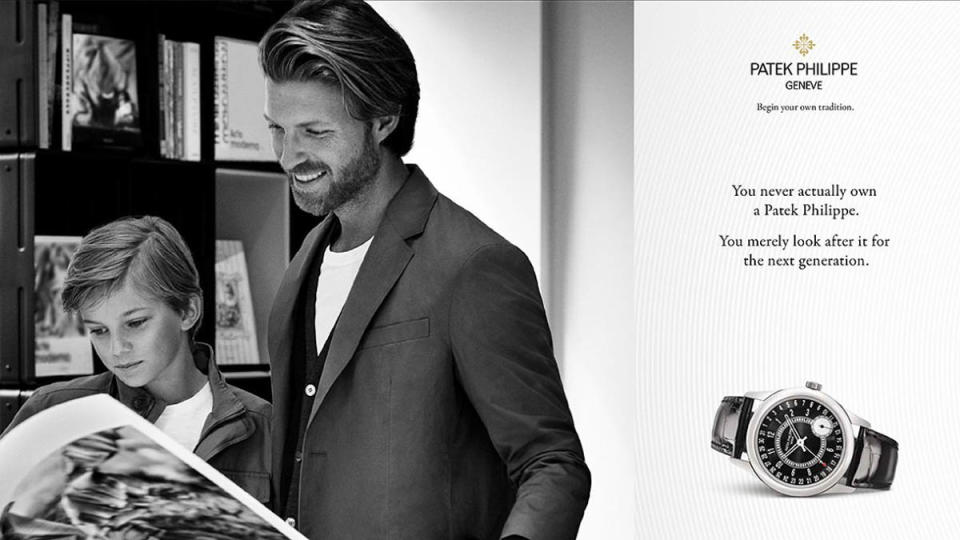
Nothing spells out the watch aficionado’s disdain for transient fashion trends better than the derogatory phrase “fashion watch.” Fashion watches tend to be cheap and disposable items that follow seasonal trends. For many people, the value of a quality watch is that it is the very opposite of fashion: It will last indefinitely; it will not go out of style; it will go up in value; it will accrue personal meaning across decades and perhaps multiple lifetimes; it will remain emblematic of its owner, no matter what that person wears on any given day in some soon-forgotten fashion cycle.
If one were to fully buy into this position, one would likely more readily equate watches with jewelry than with fashion. Diamonds are forever, of course, and jewelry is handed down through the generations just as watches are. I’ve often heard people refer to watches as “jewelry for men.”
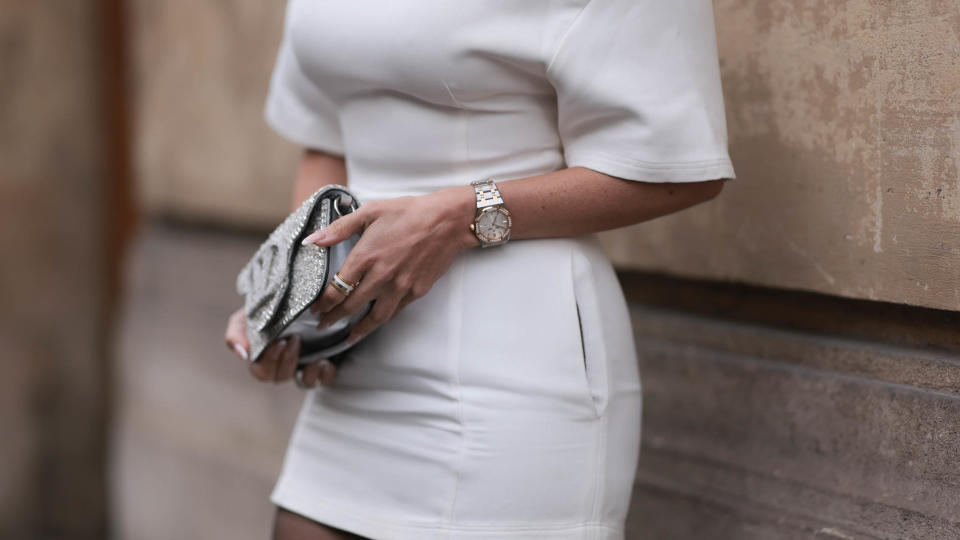
There’s another reason that considering watches as fashion items offends some watch enthusiasts. This is a little harder to decode, and it more complexly involves gender.
There is an idea among some traditionally oriented men that a wardrobe should be built of classic staples that can last decades and never go out of style. We would tend to call this “tailoring” for those who wear suits, but the idea of long-lasting classic pieces now extends across much more casual styles. We can spend hundreds on high-end denim that we break in and wear for decades. A fine cashmere sweater costing four figures should be conservatively styled so as to endure across trends. Shoes—and now expensive work boots—that can be resoled again and again are considered a good investment. Practicality, function, and durability are central concerns for many men, and the latest fashions are decidedly not of interest in this regard.
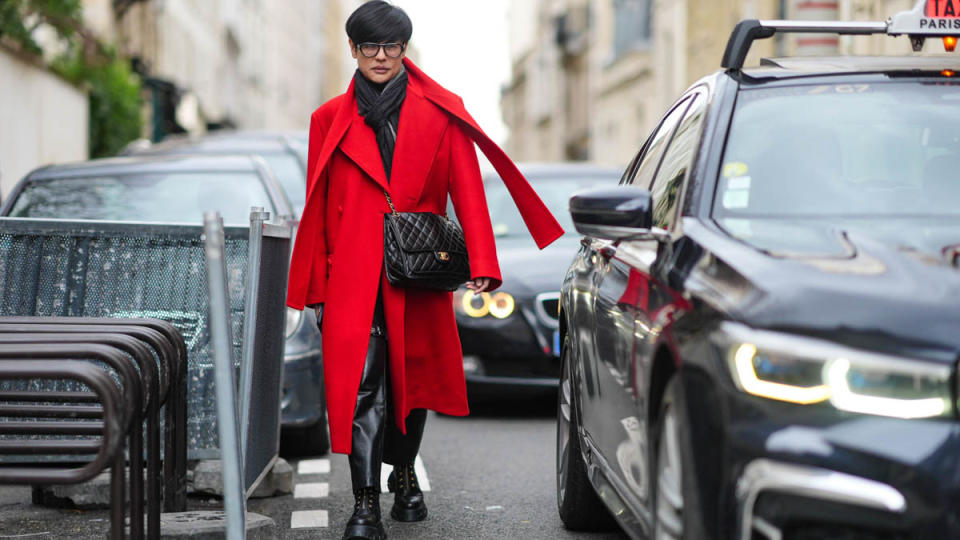
In my opinion, a focus on enduring style and quality aligns quite naturally with a watch purchase. I tend to buy rather classic watches that I believe will not go out of style, and when I spend good money on, say, a Gucci sweater, I buy rather placid pieces that I imagine I will wear into old age. Despite my being very open to fashion, I don’t consider buying a watch a fashion decision. Style, sure, but fashion no.
As practical and straightforward as all that sounds, there is a slightly troubling component of gender at play here. Let’s consider some stereotypes to tease out what that gendered component might be.
Consider the stereotypical woman who refuses to be seen in the same dress twice, and consider the stereotypical man who wears the same three to five suits with either a blue or white shirt to work for years on end. Consider the stereotypical woman loaded up with shopping bags, and consider the stereotypical man rolling his eyes at the credit-card bill. Consider the stereotypical woman paging through Vogue, and consider the stereotypical man reading Popular Mechanics. These stereotypes are familiar to us because they play out in the media again and again, but also in our lived culture.
These stereotypes hinge on normalized binary gender roles, and those gendered perspectives inflect how some people think about watches and fashion.

Emphasizing Function Is a Gendered Position
Many men will speak of clothing—and of course watches—in the same terms that they speak of tools, cars, lawn-mowers and other functional items. Clothing can be praised as durable, functional, well-crafted, and perhaps as a needed missing piece in a carefully curated wardrobe, just as a quality hammer or drill-bit set might help round out one’s tool chest. That we speak of “tool watches” as opposed to “dress watches” affirms the fascination with functionality, and that tool watches have come to dominate men’s watch styles strikes me as predictable (despite whatever low-grade trend toward dress watches may be currently emerging).
Being fascinated with the mechanics of watches—or anything mechanical—is a stereotypically male fascination. Talking about the specs and mechanical prowess of cars and motorcycles and guns and knives and watches all sounds the same to me. I get a bit tired of it, if I’m honest. I’m actually more interested in the emotional and aesthetic connections we form with mechanical objects, especially watches. To be frank, I relate to my watches more as companions than as tools.
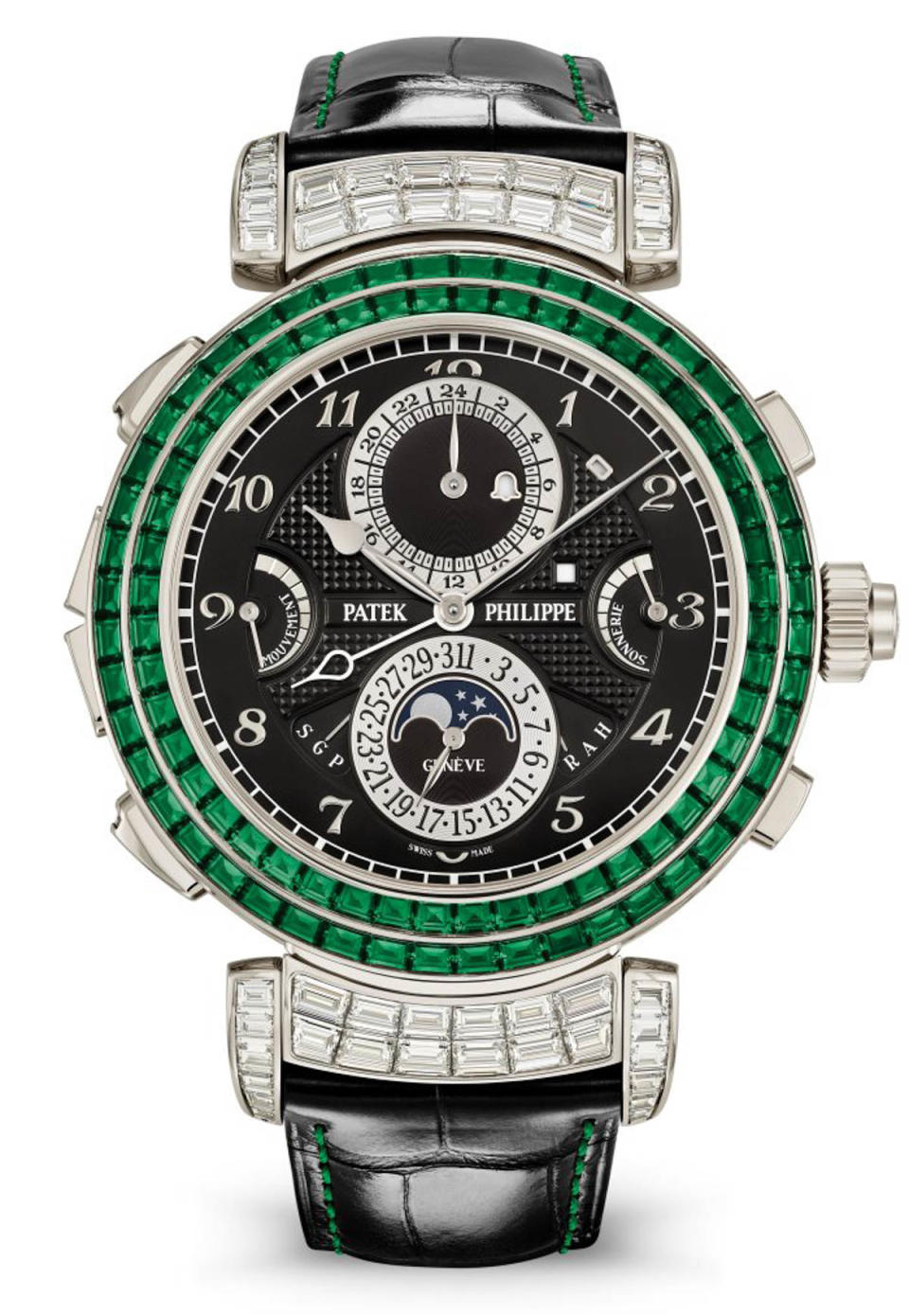
We hetero-normal dudes may feel special and fancy wearing our two-tone Submariner, but we’re more likely to point out that the bracelet is still pretty tight, that it runs within two seconds per day, that it has a silicon hairspring, that the ceramic bezel is scratch proof, and that we got a good deal on it. I suggest that this tendency to default to functional concerns is linked to—and I’d argue a direct expression of—gendered norms. And so, I conclude, dismissing the connection between watches and fashion appears linked to gender in rather obvious ways.
It’s All Good, Bro
Just because these fascinations with durability and mechanical prowess are highly gendered doesn’t mean that these fascinations are somehow devoid of legitimacy or without merit. It’s not, in my estimation, far-fetched to equate fashion with inevitable—sometimes almost immediate—obsolescence. The first definition of “fashion” is “a popular trend,” which doesn’t exactly suggest long-lasting goods. Fast fashion has only made these impressions much darker in terms of the environmental impact of hyper-capitalism.
I find it reasonable to consider a purchase of a watch that will last indefinitely and cost thousands as being well outside the realm of fashion. This doesn’t mean that the watch won’t end up playing a role in your outfits—of course it will, by definition, become an integral part of your wardrobe. We wear watches just as we wear clothes. But a watch is also much more than a fashion accessory.
In the end, I don’t think we get much from sustaining the tension between these varied gendered perspectives on watches, and I’m pretty sure we lose out when we force a binary decision between these perspectives.
Best of Robb Report
Sign up for Robb Report's Newsletter. For the latest news, follow us on Facebook, Twitter, and Instagram.
